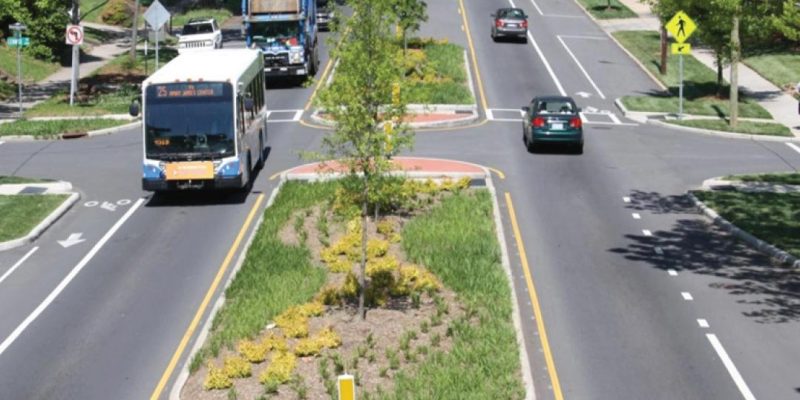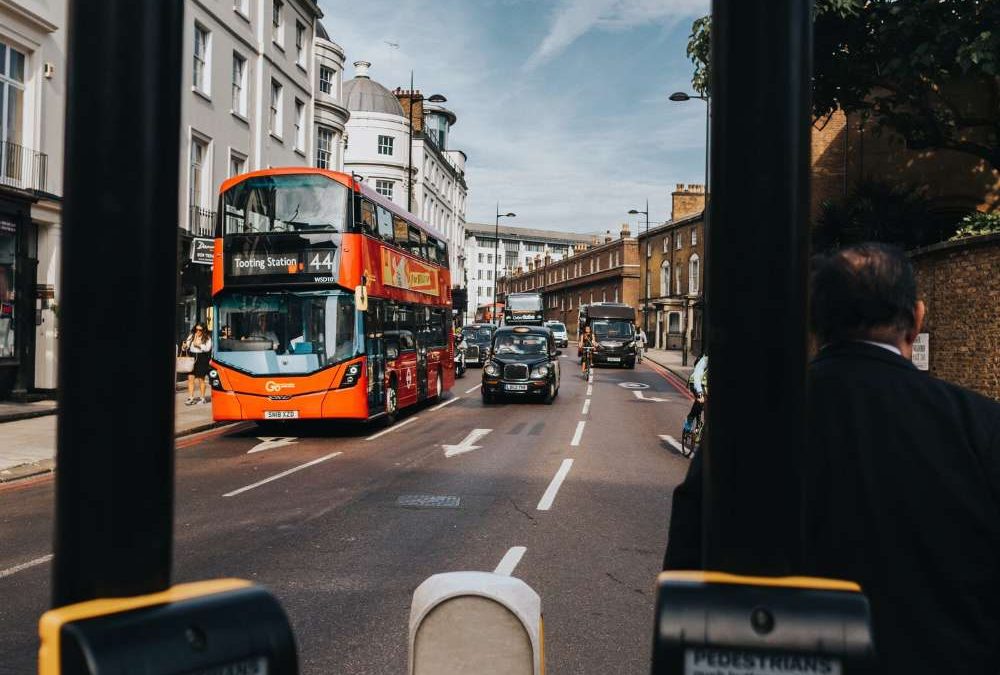
The Importance of Traffic Islands in Keeping Drivers and Pedestrians Safe
Traffic islands have a crucial role in preserving the safety of drivers and pedestrians on the roads.
Specifically designed to offer a secure crossing point for pedestrians and regulate traffic flow, traffic islands also serve to separate different lanes and provide a safe space for drivers to execute turns.
Typically constructed using concrete or asphalt, traffic islands are strategically placed in the middle of roads or at intersections. They serve as a protected area for pedestrians to cross the street safely and assist in maintaining the order of vehicular movement. Moreover, traffic islands act as a physical barrier between lanes, effectively reducing the chances of accidents. This barrier plays a significant role in minimizing the risk of head-on collisions and decreasing the likelihood of pedestrians being struck by vehicles.
One of the primary benefits of traffic islands is their ability to enhance pedestrian safety. By acting as a physical barrier between lanes, traffic islands effectively reduce the risk of vehicles colliding with pedestrians. This aspect is particularly crucial in areas with heightened pedestrian activity, such as near schools or shopping centers.
Reducing head-on collisions
Furthermore, traffic islands contribute to reducing the likelihood of head-on collisions. Their presence as a physical barrier between lanes helps prevent vehicles from veering into oncoming traffic. This aspect is particularly vital in areas that experience high traffic volumes, including highways and busy intersections.
Another notable advantage of traffic islands is their role in mitigating the occurrence of illegal turns by drivers. By providing a physical division between lanes, traffic islands discourage drivers from making dangerous and unauthorized turns. This aspect plays a pivotal role in areas with heavy traffic congestion, such as highway ramps or intersections with heavy pedestrian flow.
Curbing U-turns
Additionally, traffic islands play a crucial role in curbing the incidence of illegal U-turns. By serving as a physical barrier between lanes, traffic islands discourage drivers from executing prohibited and unsafe U-turns. This aspect becomes particularly relevant in regions with heavy traffic flow, such as busy city intersections or highways.
In summary, traffic islands occupy a crucial position in ensuring the safety of drivers and pedestrians on the roads. They offer a secure crossing point for pedestrians and help maintain the order of traffic flow. Additionally, they significantly reduce the occurrence of accidents by creating a physical obstacle between lanes. Moreover, traffic islands discourage drivers from making illegal turns and U-turns, promoting safer driving practices. For all these reasons, traffic islands are an indispensable component in guaranteeing the safety of drivers and pedestrians on the roads.
















